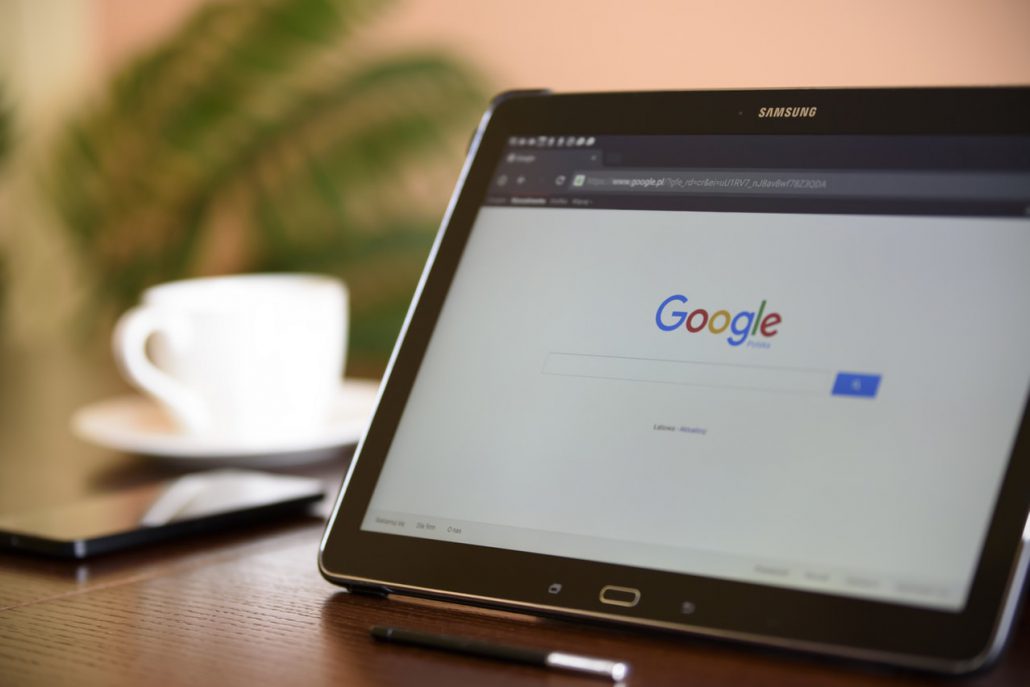How to Create a Remarkable Blog
Creating a blog is easy because you have a multitude of blog hosting sites out there. However, creating a successful blog is not. When someone asked me for tips, I told her to know the scope of her blog first. Luckily for you, I finally decided to make a guide to help you start your new blog.
I will not discuss how to structure your blog post because it’s here. In this post, I will guide you in making decisions for your new blog. Here are the different factors you need to consider before you hit the publish button:
-
evergreen articles vs. news articles
- Ask yourself first, “Should I blog about evergreen articles or shall I pick news articles?” Let’s differentiate the two type of articles first.
- Evergreen blog posts are the kind of content that NEVER get out of style. It continue to be relevant in the coming years. In short, it will never become obsolete. For example, ‘How to Create an Extraordinary Blog?’ This article will forever offer a helping hand to whoever needs a guide.
- Meanwhile, news articles are the exact opposite of evergreen. They are timely and they need to be constantly updated. A perfect example would be “The Highlights of the London 2012 Summer Olympics.”
- Either way, it’s all just a matter of preference. Whether you choose evergreen over news, it’s really up to you. There is no right or wrong way of blogging. However, personally, I prefer evergreen content because it is timeless. It will forever cater to an audience.
- Writing news articles is quite tricky. The blog post will become irrelevant the moment the topic becomes unimportant. The benefit, however, is gain huge amounts of web traffic in short period of time.
- In the example I gave, London Olympics will surely gain views over a blogging guide. However, we are not in 2012 anymore so the post about the London Olympics is considered insignificant and it will not invite potential web viewers in the future.

It’s important to analyze the kind of blog you want.
-
blog frequency
- The answer to the question, “How often should I post new articles?” is subjective. Blogging frequency is also a matter of preference honestly. It continues to be one of the commonly discussed topics online, and there seems to be no definite answer. Like in the first item, there is no right or wrong answer here.
- Personally, I choose quality over quantity. Before I post a new blog, I make it a point that my readers will learn something important. I believe content makers also stand by this principle. It is better to post one remarkable article than having 10 mediocre articles.
- However, if you choose to run a news-based blog, you have to constantly blog. For example, in the London Olympics article, you can write more about the topic. You can give a comprehensive up-to-the-minute update by posting, “The Spectacular London Olympics Opening,” “The Official List of Winners during the London Olympics,” and so on. The moment it’s over, all the related articles are of no use.
- One article a week is a pretty good strategy. If you feel like you do more, then, go ahead. Just don’t overwork yourself because taking a blog break is not recommended. You always have to put something out there in order to grow. So, it’s better to take it one step at a time. Once you find your own pace, create a blog schedule, and work around it.
- At the end of the day, it’s important to always stay engaged and it’s not really about the number of articles you publish. Keep it steady!











